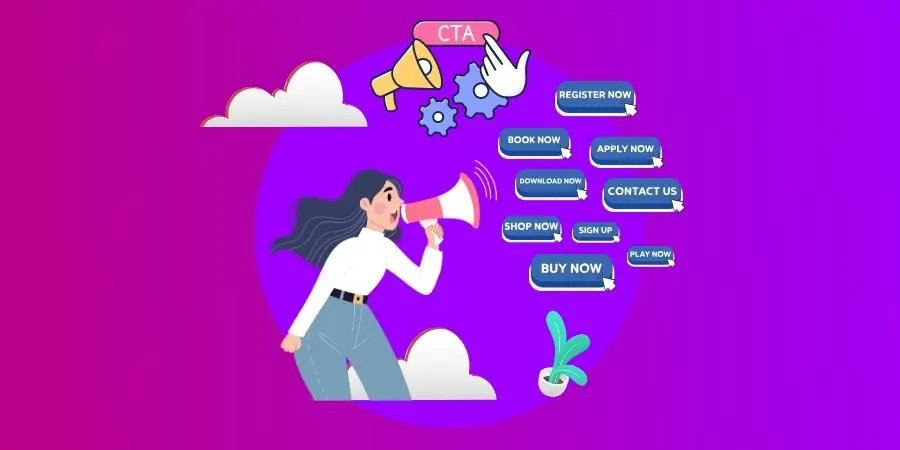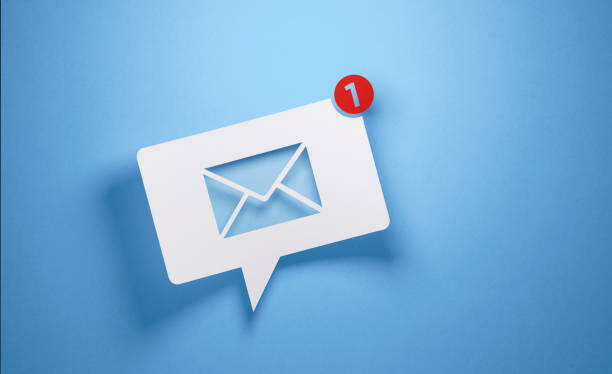Calls to action are the heart of any successful agency email. They guide readers toward a specific action, whether it is scheduling a call, signing up for a service, or downloading a resource. Without strong calls to action, even the most well-written emails can fall flat.
In this article, we will dive into the art of crafting calls to action that not only capture attention but also inspire your audience to take action. Let us break it down step by step so you can create emails that deliver results.
What Are Calls to Action and Why Do They Matter?
A call to action is a statement or button that directs your reader to take a specific step. Think of it as the bridge between the content of your email and the action you want the recipient to take.
Why do calls to action matter so much? Because they are the tipping point of any email strategy. A clear and engaging call to action helps your audience understand what to do next, increasing your chances of achieving your goals.
For example, if your email announces a new service, a strong call to action might be:
“Schedule Your Free Consultation Today.”
This phrase gives clear instructions and encourages immediate action.
Characteristics of a Strong Call to Action
Not all calls to action are created equal. The best ones share these characteristics:
- Clarity: Readers should immediately know what is being asked of them.
- Action-Oriented Language: Use verbs like “start,” “download,” or “join.”
- Relevance: Ensure the call to action aligns with the email’s content.
- Visibility: Make it stand out with bold text, a button, or color contrast.
- Urgency: Encourage immediate action with phrases like “limited time” or “today only.”
Example:
If you are running a limited-time offer, an effective call to action might be:
“Claim Your Discount Before Midnight.”
How to Write Effective Calls to Action in Agency Emails
1. Know Your Audience
Understanding your audience’s needs and preferences is the first step to writing effective calls to action. Ask yourself:
- What motivates them?
- What pain points can you address?
- What language will resonate with them?
By tailoring your message, your calls to action will feel more personal and persuasive.

2. Keep It Short and Simple
Calls to action should be brief. Avoid long sentences or complicated instructions. A single, action-driven phrase works best.
3. Match the Action to the Goal
Each email should have a specific purpose, and the call to action should reflect that. For instance:
- Announcing a new product? Use: “Shop Now.”
- Sharing a free resource? Use: “Download Your Guide.”
- Encouraging engagement? Use: “Learn More About Our Services.”
Using Buttons for Maximum Impact: Calls to Action
While text-based calls to action work, buttons often perform better. Why? Because they visually grab attention and are easy to click.
Best Practices for Button Design:
- Use Contrasting Colors: Make the button stand out against the email background.
- Add a Hover Effect: This small detail enhances interactivity.
- Keep the Text Simple: A few words like “Get Started” or “Sign Up” are enough.
Avoiding Common Mistakes in Calls to Action
1. Being Too Vague
A vague call to action like “Click Here” does not explain what the reader is clicking for. Be specific about the benefit or action.
2. Overloading the Email
Do not include too many calls to action in a single email. Focus on one main goal to avoid confusing your audience.
3. Forgetting to Test
Always test different calls to action to see which ones resonate best with your audience.
How to Create Urgency Without Overwhelming Your Audience
Creating urgency can significantly increase click-through rates. However, balance is key. Avoid making your email feel like a high-pressure sales pitch.

Ways to Add Urgency: Calls to Action
- Limited-Time Offers: “Save 20% Today Only.”
- Exclusive Opportunities: “Be the First to Try Our New Service.”
- Countdowns: Include a timer for promotions ending soon.
The Role of Personalization in Calls to Action
Personalized calls to action perform better because they speak directly to the reader. Consider addressing the recipient by name or referencing their interests.
For example, if your agency specializes in marketing for small businesses, a tailored call to action might be:
“Find Out How We Help Small Businesses Like Yours Succeed.”
Placing Calls to Action Strategically in Your Emails
1. Above the Fold
Place your primary call to action near the top of the email, so it is visible without scrolling.
2. Repeat Strategically
Include the call to action again toward the middle or bottom of the email. Repetition increases the likelihood of clicks.
3. In the Footer
A simple, secondary call to action in the footer can be effective, especially for subscription-based services.
Real-Life Examples of Effective Calls to Action
1. Event Invitation Email
“Reserve Your Spot for Our Webinar.”
This is specific and time-sensitive, encouraging immediate registration.
2. New Product Announcement
“Try Our Latest Feature Now.”
It is straightforward and action-oriented.
3. Newsletter Signup
“Stay Updated – Subscribe to Our Newsletter.”
This makes the benefit of signing up clear.
Analyzing Your Results: How to Measure Success
Once your email is sent, the work is not over. Analyze the performance of your calls to action to see what worked.

Key Metrics to Track:
- Click-Through Rate (CTR): Measures how many recipients clicked the call to action.
- Conversion Rate: Tracks how many clicks led to the desired outcome.
- Engagement Metrics: Look at time spent on linked pages or forms completed.
Tips for Testing Calls to Action
A/B testing is one of the best ways to refine your calls to action. Test different:
- Wording
- Colors
- Placement
- Button sizes
Choose the variation that performs best and apply those insights to future emails.
Adapting to Mobile Readers:
Since many people read emails on their phones, your calls to action must be mobile-friendly.
Best Practices for Mobile Optimization:
- Use large, tappable buttons.
- Keep the design simple and uncluttered.
- Test the email on multiple devices.
Final Thoughts on Crafting Calls to Action in Agency Emails
Effective calls to action are a combination of clear wording, strong design, and strategic placement. They turn casual readers into engaged participants, helping you achieve your business goals.
By following these tips, you can craft agency emails that not only grab attention but also inspire action. Take the time to experiment and refine your approach, and you will see the results in your engagement metrics.








